The bottom line is this: Goal safety is everyone’s job and your volunteers and parents need to be aware of the dangers.
You have nothing to fear from a quiet, unassuming portable soccer goal, right? Its importance as the focus of a child’s goal-kicking effort outweighs any possible danger, right? WRONG!
The U.S. Consumer Product Safety Commission (CPSC) has reported 26 deaths and hundreds of injuries since 1979 resulting from soccer goal accidents. Most of these injuries occur when children climb on top of an unsecured goal, causing it to either break from the strain (in the case of many homemade goals) or simply flip over onto an unsuspecting victim. You only need to review some of the descriptions of injuries and deaths addressed in the CPSC report to become saddened by this easily-preventable problem.
The problem with goals is their shape. There is nothing in front of the goal to prevent its tipping forward. The only way is to keep the back from lifting up.
Many portable goals are not professionally manufactured, and use the same heavy materials for the front face (goal mouth), back and bottom. Using lighter materials for the front and heavier materials for the bottom can help reduce the risk of goal tipping.
Still, even when they’re properly built, securely anchoring the bottom and back of portable goals is the most important step you can take to prevent soccer goal injuries.
Other Dangers
In several cases, children climbing on goals or getting underfoot while they are being moved has resulted in serious accidents. Additionally, high winds may cause goals to tip over. Therefore, never allow children to play on goals, and always exercise caution when transporting them.
Most accidents don’t happen during a game situation, but when kids are playing nearby on a non-soccer day and get the idea to hang on the goal. So be sure goals are properly stored when not in use, and disassemble them completely for the off-season.
The CPSC is working with manufacturers to address risks presented by goals and to make movable soccer goals more stable. However, there are actions you can take now to prevent accidents:
- Securely anchor or counter-weight portable goals at all times.
- Never climb on the net or goal framework.
- Remove nets when goals are not in use.
- Tip unused goals onto their goal face, or chain them face-to-face. You can also chain unused goals to nearby fence posts or other sturdy fixtures.
- Check all connecting hardware before every use. Replace damaged or missing fasteners immediately.
- Use warning labels and make sure they are clearly visible.
- Fully disassemble goals for off-season storage.
Goal Safety Checklist
Consumer Product Safety Commission’s Guide to Goalpost Safety
Video: Soccer Goals Pose Risks to Kids
